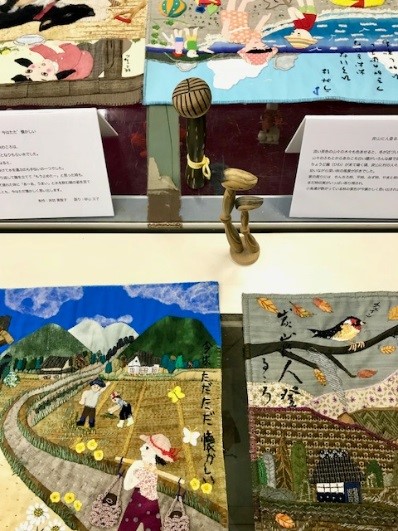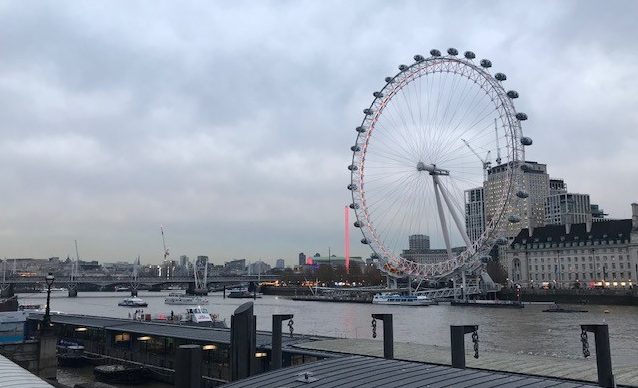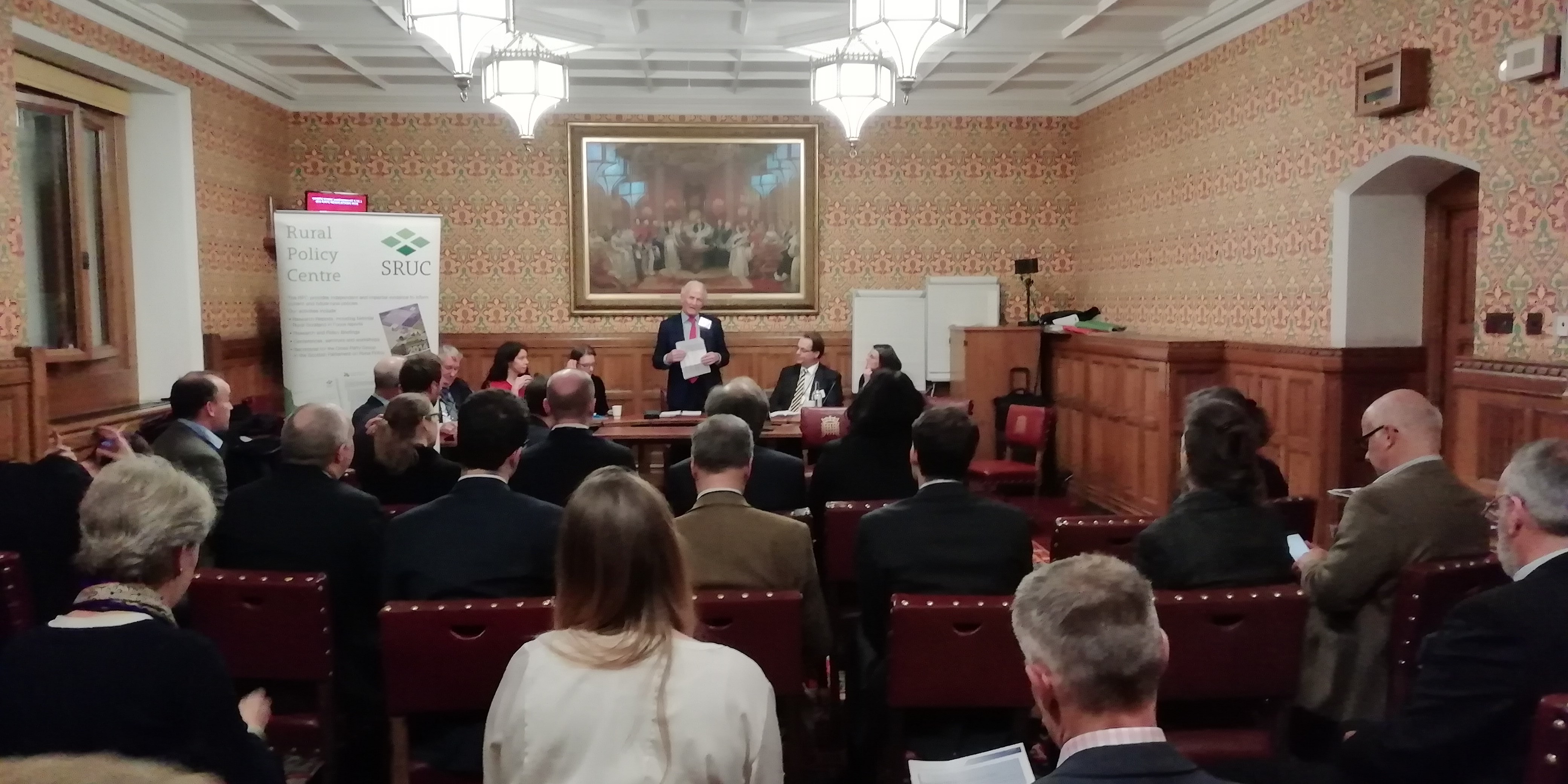The CRE’s Dr Menelaos Gkartzios writes here about the Japanese take on “art in the countryside”, which he experienced first-hand last year during a 5 month stay in the country, and about exciting new opportunities made possible by the newly announced ESRC-AHRC UK-Japan Social Sciences, Arts and Humanities Connections Grant.
What does art do? And what happens if you take artistic practice outside the museum, the art gallery, the cultural quarter, the metropolis itself? I have been working on these questions for a couple of years now, mainly through the collaborative art residency that we run between the University’s Centre for Rural Economy and Berwick Visual Arts. This has offered a rich context to explore notions not only of engaged arts practice, but also of artistic research. A special section for the academic journal Sociologia Ruralis on ‘art in the country’ is forthcoming, edited along with Dr Julie Crawshaw (Northumbria University) and Dr Marie Mahon (National University of Ireland, Galway). There seems to be an increased interest in the rural social world in established art venues; for example the Whitechapel Gallery has been running an exciting session on ‘The Rural’, and Guggenheim has already announced the ‘Countryside: the Future of the World’ exhibition).
Meanwhile, in the far Far East, contemporary art is taking place in the countryside. Last year I was given the opportunity to do fieldwork in rural Japan as part of a visiting associate professorship post at the University of Tokyo. I came across a tradition of significant contemporary art festivals in the most remote and depopulated locations of rural Japan – many of them led by the Tokyo-based Art Front Gallery, following the vision of its director, Fram Kitagawa, who has received praise for his contributions in this field. It was fascinating to observe how some Japanese art professionals even dismissed the very idea of the art experience in museums and formal art spaces as ‘western’. Of course art is abundant in Japan – it’s a philosophy that enters the everyday: from arranging flowers, to serving tea, from separating the public and the private social spheres in performative ways, to writing Japanese syllables and Chinese ideograms.

The research team at Oku-Noto
The most prolific of these art festivals has been the Echigo Tsumari Art Trienalle which takes place place in a disadvantaged mountainous area, but my fieldwork took place at the very first edition of the Oku-Noto Trienalle, also organised by Art Front Gallery, which coincided with my 5 month stay. Fieldwork included an ethnographic diary while attending the festival and visiting the artworks via structured bus guided tours, as well as in-depth interviews with visitors, curators and other art professionals, local policy makers and local community groups involved in the art-making. I would have never been able to do this work had it not been for my colleagues in Japan supporting this endeavour – particularly Dr Hironori Yagi and his students. We were a group, so important in Japanese culture.
The festival was so successful that it was difficult to find accommodation, so we stayed in a Buddhist temple instead – think of it: tatami rooms, low lights, emptiness. There was art even there. As I am going through my field notes of the festival, I read numerous stories about re-using abandoned buildings important for the rural community. At a closed school we rang the bells loud; a closed bath house – central in Japan’s social life – was filled with foam and people again. Nature is never to be underestimated in Japan and that was also evidenced in the artworks – some of them were actually destroyed because of typhoons. But nature was equally never glorified. Engaged artistic practice was abundant and residents talked with pride and strong emotions about being involved in the festival. And then there were the odd stories, the almost insignificant connections that the art festival made, that really mattered: getting lost and being looked after while cycling at night to view light installations; making friends.

‘Table Runner’ by Tomoko Konoike
I am extremely excited to say that this is only the beginning. We will explore further this adventure of art in the countryside across Japan and the UK. Our collaboration has just received funding from the newly announced ESRC-AHRC UK-Japan Social Sciences, Arts and Humanities Connections Grant. I am delighted to lead, with our University Dean of Culture and the Creative Arts, Professor Vee Pollock, a new research network with the University of Tokyo, Art Front Gallery and our established collaborators in the wider region, Berwick Visual Arts and Scotland’s Stove Network. The research network aims to explore the contribution and potential of contemporary art in support of sustainable rural development. Stay tuned and get out of the city.

 Before we were allowed to do so, we first had to navigate Westminster’s rather chaotic security system, which felt like something out of a Mr Bean movie rather than a genuinely effective measure to prevent acts of terror. Indeed, it was reminiscent of security at Marks and Spencer’s in Royal Avenue, Belfast, during the 1980s. Our detention in a rather small and stuffy waiting area gave my colleagues just enough time to raise my anxiety levels, stoking the fear that someone might ask me to explain the Irish backstop (which, thankfully, I didn’t have to do)! We eventually made it into the elegant committee room, with time for a bit of small talk before we got going. Notable from the outset are the different politics: Scotland and Northern Ireland voted to remain in the European Union, while England and Wales voted to leave, with geographic pockets of leave/remain existing across the UK.
Before we were allowed to do so, we first had to navigate Westminster’s rather chaotic security system, which felt like something out of a Mr Bean movie rather than a genuinely effective measure to prevent acts of terror. Indeed, it was reminiscent of security at Marks and Spencer’s in Royal Avenue, Belfast, during the 1980s. Our detention in a rather small and stuffy waiting area gave my colleagues just enough time to raise my anxiety levels, stoking the fear that someone might ask me to explain the Irish backstop (which, thankfully, I didn’t have to do)! We eventually made it into the elegant committee room, with time for a bit of small talk before we got going. Notable from the outset are the different politics: Scotland and Northern Ireland voted to remain in the European Union, while England and Wales voted to leave, with geographic pockets of leave/remain existing across the UK. Rural planning varies across the UK. For example, the bounded nature of the English village has given the English countryside its idyllic character, but it has also led to challenges of rural housing, as locals often cannot afford to live in the places where they grew up. Rural communities themselves have changed a lot since the UK joined the EU in 1973. They continue to change, representing diverse traditional and cosmopolitan interests, all of which need to be carefully considered within future rural policies. Investment in sustainable infrastructure is essential to achieve rural economic growth in all nations through the mechanisms specific to each jurisdiction. For example, empowering and enabling English Local Enterprise Partnerships will be an important part of that process. Generally, the value of rural economies is often not fully understood, and the considerable public goods they produce are regularly overlooked. Going forward, and in the absence of the Common Agricultural Policy, it will be increasingly important to recognise these public goods to ensure their continued creation in the longer term.
Rural planning varies across the UK. For example, the bounded nature of the English village has given the English countryside its idyllic character, but it has also led to challenges of rural housing, as locals often cannot afford to live in the places where they grew up. Rural communities themselves have changed a lot since the UK joined the EU in 1973. They continue to change, representing diverse traditional and cosmopolitan interests, all of which need to be carefully considered within future rural policies. Investment in sustainable infrastructure is essential to achieve rural economic growth in all nations through the mechanisms specific to each jurisdiction. For example, empowering and enabling English Local Enterprise Partnerships will be an important part of that process. Generally, the value of rural economies is often not fully understood, and the considerable public goods they produce are regularly overlooked. Going forward, and in the absence of the Common Agricultural Policy, it will be increasingly important to recognise these public goods to ensure their continued creation in the longer term.